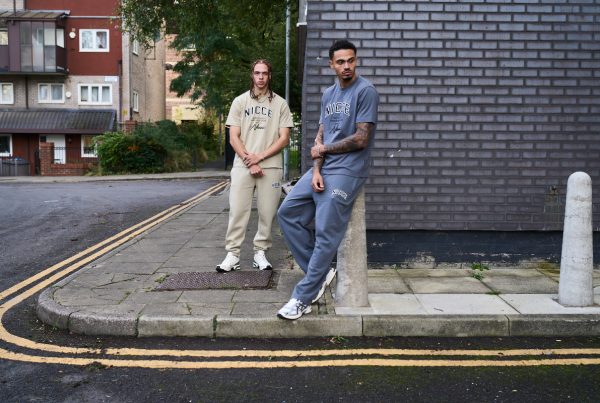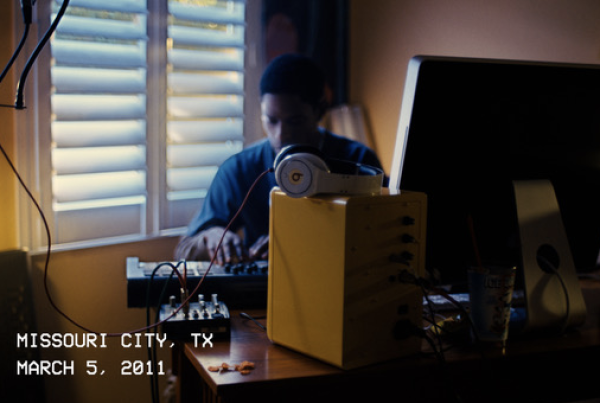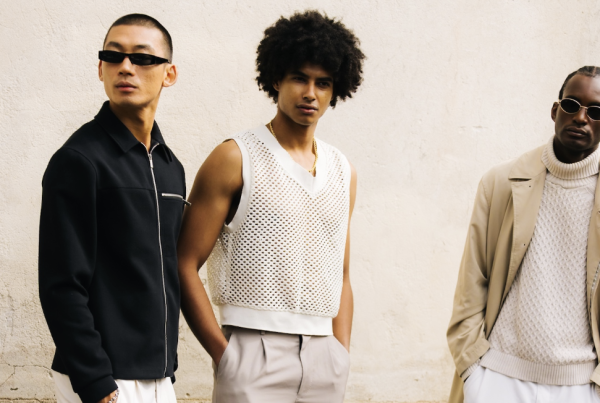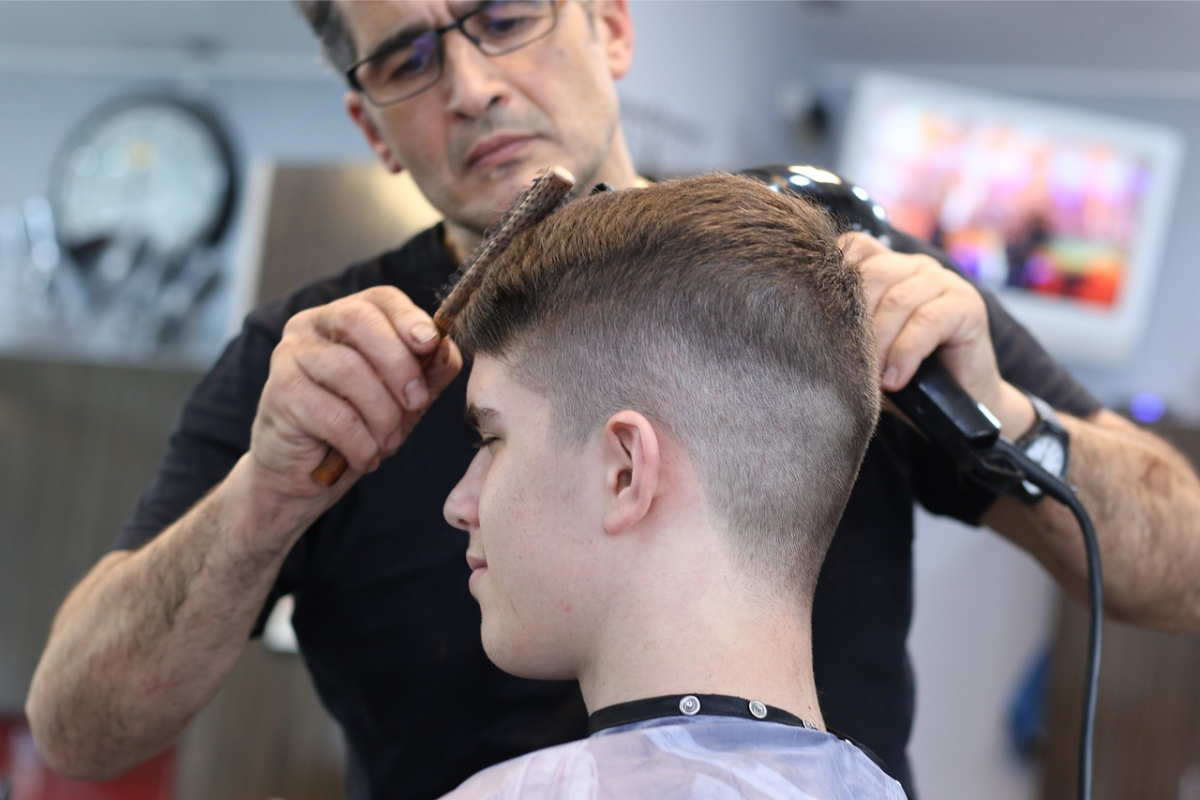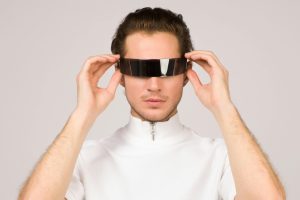
The rise of the metaverse has changed the way many of us perceive virtual reality. Initially, it was video games that provided the most immersive experiences, taking on the body of a character and following them in either first or third person views as they completed tasks. However, advancements in technology have seen many swap out the controller and adopt virtual reality headsets in recent times.
Indeed, the metaverse allows people to become new versions of themselves, recreating their personalities and interacting with different people from the comfort of their homes. VR gives users a chance to express themselves, both in how they look and how they dress. Often a player’s outfit is an expression of their personality and the sheer range of customisable options across a range of platforms is really impressive to see.
From bitmojis and avatars, to Miis and sharkcard shopping sprees, let’s explore the world of fashion across virtual platforms and look at the games with the best customisable options for players. Read on to find out more.
Console avatars
When the Xbox 360 released in 2005 many games were blown away by the sheer number of upgrades from the console’s predecessor, particularly with its interface. A watershed moment for Microsoft, users were introduced to online gaming with the likes of Halo and Call of Duty, but could now use Avatars as a way of showing their personality to their friends.
Central to the customisation options was the Avatar store, where players could pay for clothes and other items in order to stand out. Some game series even leveraged the store to add their own clothing items, so players could dress like the characters from their favourite games.
Nintendo also had their own take on Avatars with the Mii, a portmanteau of that generation’s console, the Wii, that also allowed players to select their fashion trend, albeit with slightly less options than the Xbox.
Role Playing Games
Fashion in video games was not just exclusive to console gaming, with many VR headsets and PC players enjoying their own outfits over the years. The likes of World of Warcraft and DOTA have dedicated stores in order for their players to look as good as possible, as well as have the best equipment for an immersive gameplay experience.
In terms of the modern day, headsets have been used for players to adopt role playing characters in VR games, with Social Club VR taking players to the casino, competing for prizes and earning the same money as the casino bonus sites in the UK for roulette, blackjack and other classics.
Grand Theft Auto also has modified lobbies where players dress up as different characters and adopt an RPG role with unique servers, as users actually have to apply for jobs and contribute to the world in order to gain access.
Gen Z and the metaverse
The metaverse is still a relatively new concept but the fashion industry has been one of the first groups to latch onto its popularity, especially with younger users in Gen Z. The group tends to spend an average of eight hours per day on screens, with that number likely to rise even higher as time goes on.
Big label names such as Gucci have invested into virtual platforms like Roblox, allowing players to wear branded clothes even online. The same can be said for Snapchat’s Bitmoji. A similar concept to the Avatar’s introduced by Microsoft almost 20 years ago, the social media platform has signed a variety of partnership deals with fashion labels, allowing its users to sport Nike shoes, Levi Jeans, and a variety of basketball jerseys with the NBA.
It also provides a chance to test the popularity of upcoming or exclusive releases. Ralph Lauren for example partnered with South Korean social network app Zepeto to create a virtual fashion collection where users could dress in exclusive products or appearance-altering skins.
It’s a strategic move from the fashion world, introducing users to their clothing through the metaverse and social media, which could easily influence decision making when choosing the clothes they wear in real life, especially when the target audience is a much younger demographic where clothing and picking what to wear is so important.
—
Overall, the way a lot of us perceive virtual reality and fashion is changing, and believe it or not, the two are intrinsically linked. Looking your best and picking the right outfit no longer means you go out and splurge on a shopping spree in real life and can instead do everything entirely remotely. It is very likely this demand continues as the technology advances.

